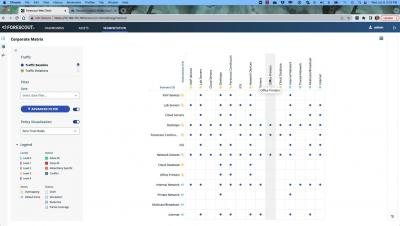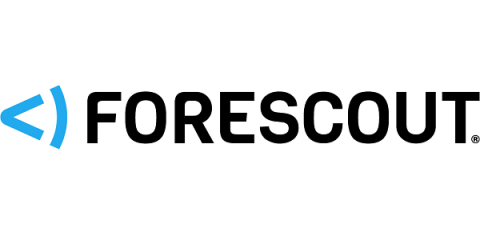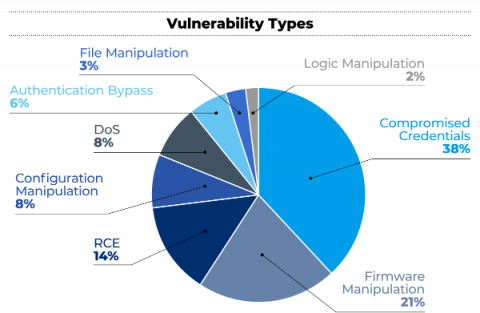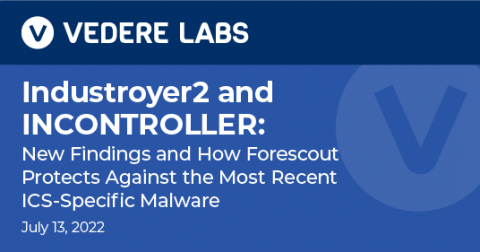Security | Threat Detection | Cyberattacks | DevSecOps | Compliance
June 2022
Improving Clinical Operations Efficiency through Network Analytics
In any organization and in largely any industry, most network analytics are driven by IT. Healthcare providers are no exception. The insights extracted via network analytics offer serious opportunities for operational improvements and added value across departments. There are also significant ancillary benefits from a more cyber-aware and “plugged in” organizational posture — including improved information sharing, collaboration, and security.
How Hospital Hacks Happen 1: The Unmanaged IOT
OT:ICEFALL: 56 Vulnerabilities Caused by Insecure-by-Design Practices in OT
It has been 10 years since Project Basecamp, a research project conducted by Digital Bond that investigated how critical operational technology (OT) devices and protocols were, to use the term they coined, “insecure by design.” Since then, we have seen hugely impactful real-world OT malware such as Industroyer, TRITON, Industroyer2 and INCONTROLLER abusing insecure-by-design functionality.
Industroyer2 and INCONTROLLER: New Findings and How Forescout Protects Against the Most Recent ICS-Specific Malware
In our new threat briefing report, Forescout’s Vedere Labs presents the most detailed public technical analysis of Industroyer2 and INCONTROLLER (also known as PIPEDREAM), the newest examples of ICS-specific malware that were disclosed to the public almost simultaneously, on April 12 and 13. Thankfully, both Industroyer2 and INCONTROLLER were caught before causing physical disruption.
5 Steps to Unsticking a Stuck Network Segmentation Project
Digital transformation has ushered in interconnected networks that enable information sharing and collaboration. That’s great for efficiency and productivity, but many networks are flat, leaving organizations susceptible to cyberthreats that can move laterally, even across distributed environments, enabling hackers to exploit openings and pivot into their most valuable data.
Forescout and Cysiv: Threat Detection Across Your Digital Terrain
Today marks an exciting moment in time for our customers and partners. Today, Forescout announced its intent to acquire Cysiv, a company with deep expertise in data-powered threat detection and response.
Killnet: Analysis of Attacks from a Prominent Pro-Russian Hacktivist Group
In our new threat briefing report, Forescout’s Vedere Labs leverages a list of IP addresses known to be used by Killnet hacktivists during past attacks to study their TTPs when attacking a series of honeypots we control.







